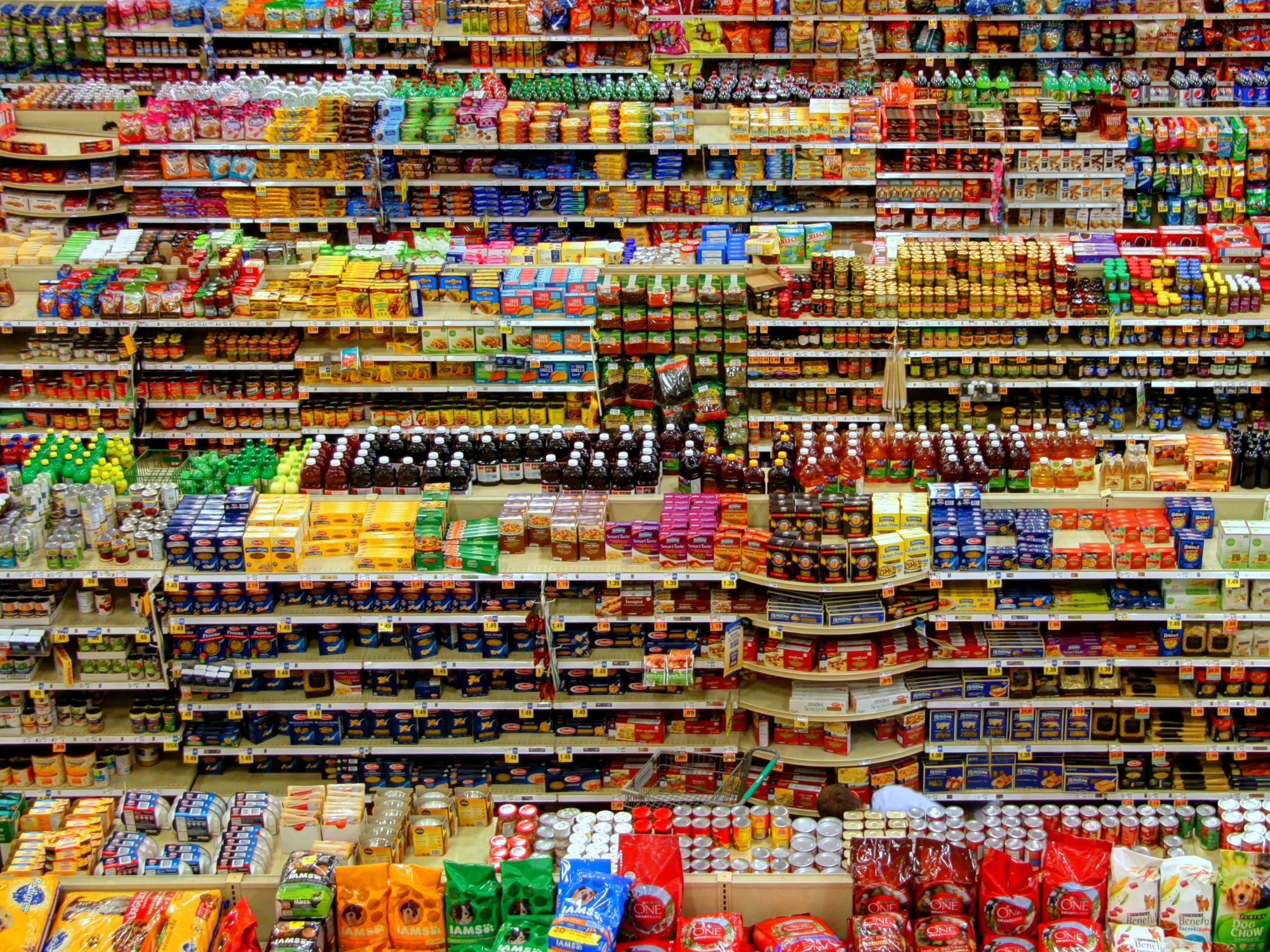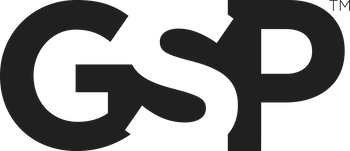‹ INSIGHTS | RETAIL BETTER BLOG
Psychology of The Store Experience - Part 3: The Decision to Purchase
February 16, 2016 by Craig Neuhoff – In this four-part series, GSP explores the psychology of shoppers, how the consumer processes information in-store and how to translate that into an effective in-store strategy. Part 1 and 2 reviewed why consumers shop and what they consider when shopping.

In part three of this series, we consult The Cognitive Psychology of Shopping and in-store Marketing by Hugh Phillips, PhD. to better understand how a consumer makes a purchase decision.
Part III: How a consumer decides what to purchase
There is a difference between the amount of products your store actually carries (your physical range), and what the consumer perceives (the effective range). You may have an “unlimited” selection, but if it is not perceived, it may as well be behind a screen.
The average time a consumer will spend to find an item: 50 seconds. After 50 seconds, the consumer will more than likely walk away.
Say a consumer suddenly decides s/he needs to purchase dandruff shampoo. A typical big box, supermarket or drug store has a whole aisle of shampoos and conditioners but maybe only 12% are for dandruff. Looking at all of them is a waste of time. The consumer needs to hone in on what is necessary. And it’s up to the store to get the right products in the consumer’s effective range.
Arranging an effective “effective range”
How do you want your consumer to spend those 50 seconds? You not only need to get the right product in front of the consumer but also guide him/her away from the other products so time isn’t wasted. The sooner the consumer finds the dandruff shampoo, the more likely s/he is to make other purchases. Studies show that if the consumer allotted 50 seconds to purchase dandruff shampoo and found it in only 20 seconds, then s/he has 30 “leftover” seconds to shop. It’s good to put related, impulse-buy products nearby.
Vertical blocking
The best analogy to finding an item in an aisle would be when you’re trying to find a friend in a crowd of people. You quickly scan faces until you see the person you want and the rest becomes a blur. Psychology says people scan shelves up and down, with a range that’s, at most, four feet wide. The practice of vertical blocking aligns merchandise in four-foot-wide rectangles.
Best practices:
- Make sure your vertical blocks have vertical lines (not like Fig. 1).
- Stagger the shelf height or create another visual cue when the product category changes (see Fig 2).
The whole concept of peripheral vision also supports the vertical block theory. We sense objects about 30 degrees on either side in addition to what’s in front of us. Even though the displays don’t move to alert our peripheral vision, our natural reaction is to slightly nod to look at what is to the left and right.
The process of scanning stops until the consumer hits a barrier. This process is called “book ending.”
By organizing displays in terms of how consumers prefer to shop, you help them more easily find the products they want against a backdrop of competing visual cues.
Segmenting
Segmenting is the process of arranging the products inside the vertical block into manageable, bite-size chunks. This can be done in a number of ways, from low tech to high tech, from brand to brand, etc. There are two ways that consumers have learned. Bulk products are generally shelved on the bottom of displays. Specialty products are usually shelved at the top or edge of a display.
Next time: How to best position products in your store




